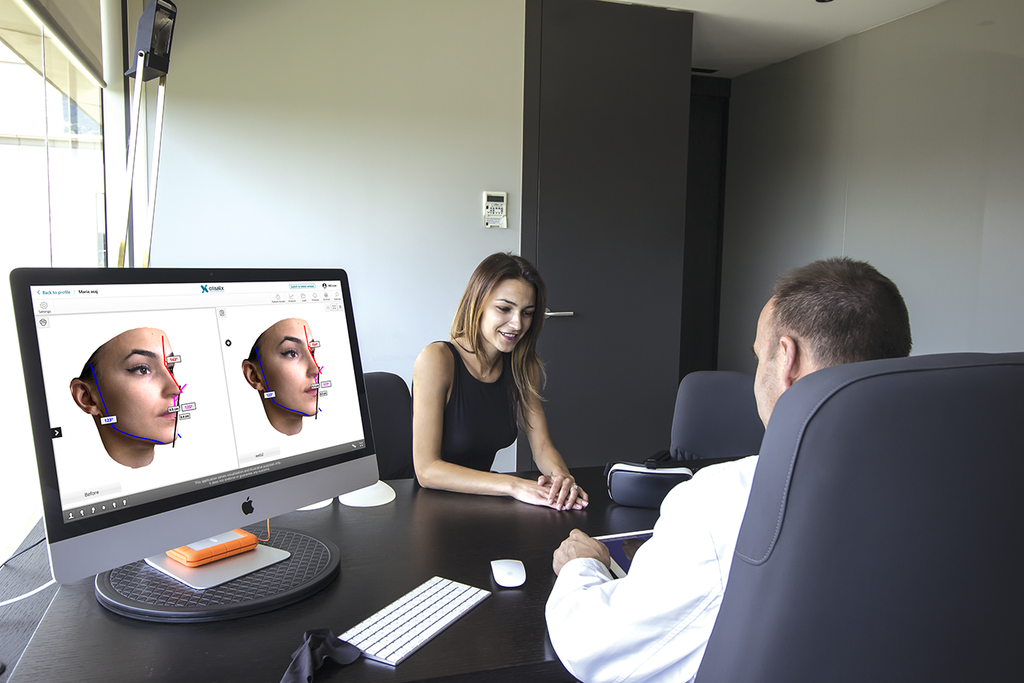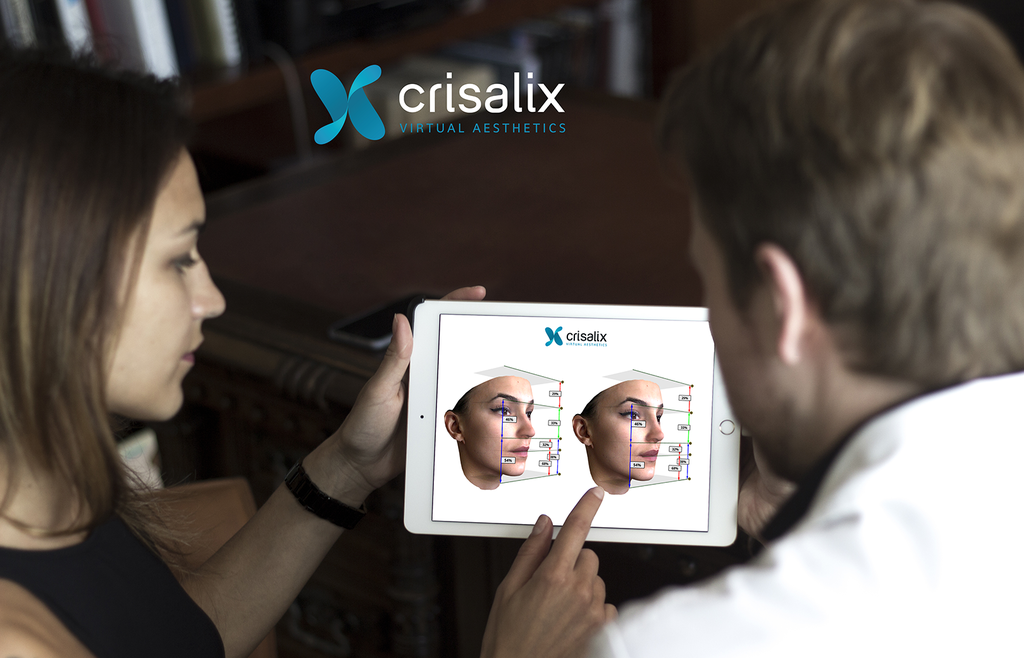PLANNING A PLASTIC SURGERY: THE BENEFITS OF 3D IMAGING
2023-12-11
In the ever-evolving landscape of technology applied to cosmetic procedures, innovations continuously redefine the standards of patient care. A significant development that has greatly impacted the field of plastic and cosmetic surgery is the integration of three-dimensional (3D) imaging as a helpful planning tool.
In this article, we’ll learn more about the benefits that 3D imaging brings to the forefront of plastic surgery planning. From providing a better understanding of patient anatomy to facilitating personalized treatment plans, the advantages are multiple. As we explore more about the benefits of using 3D images as a planning help, we will understand how it can contribute to improved patient outcomes, increased surgeon efficiency, and a heightened level of patient engagement.

What are the benefits of a 3D imaging tool for plastic surgery planning:
-
Improved patient communication: With 3D imaging, surgeons can better communicate with patients about their goals and expectations. Patients can see a 3D model of what they might look like after the surgery, which can also help to align expectations and to make faster and more confident decisions.
-
Enhanced visualization and planning: With traditional methods, it can be challenging to accurately foresee and understand the potential results after the procedure. 3D images allow aesthetic professionals to create detailed, three-dimensional representations of the patient's own body and specific anatomy. This level of detail aids in precise surgical planning, that is tailored individually according to the specific properties and measurements of the body.
-
Customization of procedures: Every patient's anatomy is unique and so are their aesthetic goals. 3D imaging helps in customizing surgical procedures to fit individual needs so that professionals can plan surgeries and treatments that are tailored to the specific anatomical features of each patient.
-
Increased accuracy and precision: Cosmetic procedures and surgeries require a meticulous visualization of every detail. The latest developments in 3D imaging and simulations allow meticulous planning thanks to the precise measurements they offer. Surgeons can virtually explore various scenarios, adjusting and refining their approach with a level of detail previously unimaginable.
-
Reduced consultation time and risks: The integration of 3D images and planning in cosmetic consultations means a notable reduction in both time and potential risks. By providing a holistic view of the possible outcomes, surgeons can facilitate a quicker consultation, discussing treatment options with clarity and minimizing the need for lengthy discussions. Additionally, the meticulous planning provided by 3D imaging helps reduce potential risks by allowing professionals to anticipate challenges and fine-tune their approach before the actual procedure.
-
Optimized post-procedure assessment: Aesthetic professionals can utilize 3D imaging to compare the actual results with the pre-procedure simulations, providing a comprehensive assessment of the procedure. This advanced technology facilitates quantitative measurements, which is very useful to evaluate the success of the procedure.

How to select the right 3D imaging system for your practice:
If you want to integrate a 3D imaging tool, consider these key factors to guide your decision:
-
Full patient journey: Assess how the 3D imaging system supports the entire patient journey, from initial consultations to post-procedure assessments. Use a comprehensive tool that enhances patient engagement and satisfaction across all the steps of the journey.
-
Advanced Visualization Experience (AR and VR): Consider the system’s capacity for the most advanced visualization experiences, including Augmented Reality (AR) and Virtual Reality (VR), which can elevate the diagnostic and planning process, providing a more immersive experience.
-
Return on Investment (ROI): Evaluate the potential return on investment offered by the 3D imaging system. Understanding the long-term benefits and gains ensures that the chosen system aligns with the financial goals of your practice.
-
Ease of use: Opt for a 3D imaging system that is user-friendly and easy to navigate to ensure a smooth incorporation into your daily practice. An intuitive interface contributes to increased efficiency.
-
Image quality: High-resolution and accurate images are essential for accurate pre-procedure assessments and planning. Moreover, realistic images are vital for patient education and understanding, improving their full patient journey.
-
Scalability: Choose a solution that can accommodate increased patient volume and evolving technological needs without significant disruptions or the need for frequent upgrades.
-
Patient experience: Consider how the 3D imaging system enhances the overall patient journey. A tool that allows for easy sharing of imaging results and simulations with patients can contribute to improved communication and increased patient satisfaction.
In conclusion, the integration of 3D imaging technology into plastic surgery practices is changing the game. It's making procedures more precise, personalized, and easier to understand for both doctors and patients. Still, the future of plastic surgery planning with 3D imaging foresees even better results and a closer bond between surgeons and patients.
Looking to enhance your planning with 3D imaging? Crisalix has been organically chosen by professionals worldwide as the most comprehensive solution to check all the boxes for a proper planning approach with 3D imaging. To explore how it aligns with your specific needs, and make an informed decision based on your practice requirements we invite you to book a demo to experience its capabilities firsthand.
Book a Crisalix Free Demo